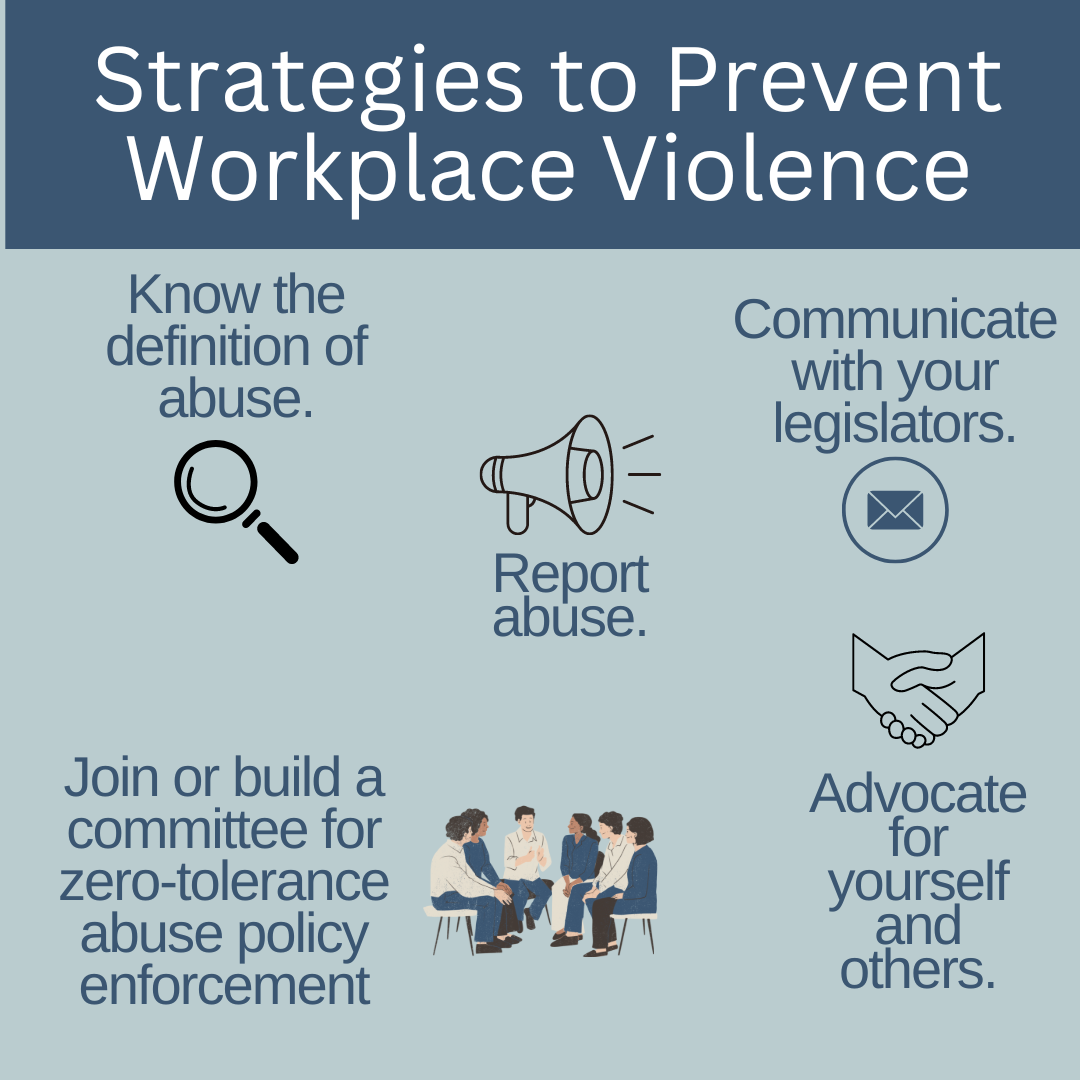Innovative Devices and Resources for California Workplace Violence Prevention Success
Innovative Devices and Resources for California Workplace Violence Prevention Success
Blog Article
The Function of Staff Member Training and Awareness in Enhancing Workplace Physical Violence Prevention Initiatives Throughout Different Industries
The assimilation of worker training and recognition right into workplace physical violence avoidance initiatives is progressively acknowledged as a basic aspect of organizational safety and security across varied markets. By implementing targeted training programs, companies can efficiently empower their workforce to identify and resolve potential threats prior to they escalate. The effectiveness of these efforts typically hinges on numerous essential elements that vary by market, elevating vital questions concerning the adaptability of training approaches and their real-world effect. Recognizing these subtleties might expose strategies that can dramatically enhance safety protocols and employee self-confidence in risky environments.
Relevance of Training Programs
In today's dynamic work setting, the value of training programs can not be overstated, particularly in the context of work environment physical violence prevention. These programs act as a fundamental element in cultivating a secure and secure work environment culture. By outfitting staff members with the expertise and abilities needed to determine, mitigate, and react to potential risks, companies can promote a setting that prioritizes safety and well-being.
Efficient training programs do more than merely instruct; they empower staff members to identify indication of violence, recognize the methods for reporting cases, and establish strategies to de-escalate possible problems. They impart a feeling of collective duty among team, urging positive involvement in keeping a safe workplace.
Financial investment in training not only improves staff member understanding but additionally demonstrates a company's dedication to securing its labor force. This aggressive strategy can result in lowered events of workplace physical violence, reduced absence, and improved staff member morale. Inevitably, comprehensive training programs are indispensable to developing a resistant business culture that values security and promotes a healthy job setting, consequently lowering the danger of violence and its linked consequences.
Secret Elements of Effective Recognition
A detailed recognition program incorporates a number of key components that are vital for successfully preventing work environment physical violence. First, clear communication of treatments and plans associated with work environment violence is important. Staff members must be informed regarding the organization's stance on physical violence and the particular protocols in position for reporting occurrences.
Second, training sessions should integrate reasonable scenarios that staff members may encounter. This sensible method helps workers recognize warning indications of prospective physical violence and furnishes them with the necessary abilities to de-escalate stressful scenarios. Third, fostering a helpful workplace society is vital; workers must feel equipped to talk up without anxiety of retaliation.
Furthermore, continuous education and learning is important to keep recognition relevant and fresh. Normal correspondence course and updates on arising dangers can boost workers' watchfulness and preparedness. Incorporating responses mechanisms allows employees to share their experiences and understandings, which can lead to continual renovation of awareness initiatives. By incorporating these components, organizations can create a robust framework for stopping office physical violence, ultimately adding to a safer and much more productive environment for all employees.
Industry-Specific Training Strategies
Efficient work environment violence avoidance training need to be tailored to the special difficulties and dangers faced by specific markets. For instance, health care atmospheres require training that addresses the high chance of experiences with aggressive people or site visitors. Programs need to concentrate on de-escalation strategies, acknowledging indication of possible violence, and guaranteeing staff understand the value of reporting incidents.
In comparison, retail settings might face various risks, such as robbery or client disputes. Training in these atmospheres ought to highlight situational recognition, action protocols during emergencies, and the importance of securing cash money and belongings.
Production and construction industries offer check their own threats, frequently connected with interpersonal disputes or unsafe working conditions. Training in these fields need to include methods for problem resolution, promoting a culture of safety and security, and encouraging open communication among workers.
In addition, corporate offices might call for training fixated stopping harassment and intimidation, cultivating a considerate workplace culture, and carrying out clear coverage devices. Each industry should not just identify its specific vulnerabilities however likewise adjust training products to resonate with the workforce successfully, making certain that employees feel equipped and equipped to take care of potential violent circumstances.
Determining Educating Effectiveness
Examining the effect of work environment violence avoidance training is vital for guaranteeing that employees are adequately prepared to take care of prospective threats. Pre- and post-training studies can evaluate changes in worker understanding, mindsets, and habits concerning office violence.
In addition, practical evaluations, such as role-playing situations or simulations, can provide insights right into how well employees use found out abilities in real-life situations. Monitoring occurrence records before and after training can additionally work as an indication of effectiveness, as a decrease in events might reflect enhanced staff member preparedness.
Additionally, responses from participants must be methodically collected to determine locations for enhancement in training material and shipment. Performing follow-up assessments at routine periods helps endure recognition and reinforces training principles with time - california workplace violence prevention. By using a detailed technique to measuring training effectiveness, organizations can make certain that their office violence prevention efforts cultivate a safer environment and improve general worker health
Structure a Society of Safety And Security

Training plays an essential duty in this social change. Regular, extensive training sessions inform workers concerning identifying caution signs of workplace violence and the appropriate reactions. Encouraging open communication allows employees to voice concerns without fear of retribution, advertising cumulative duty for security.
Furthermore, incorporating security into daily procedures makes certain that it comes to be a shared value as opposed to a simple compliance issue. This includes normal security drills, updates on policies, and feedback devices that include employees in security discussions and improvements.
Ultimately, a durable society of safety not only minimizes the dangers of work environment violence but additionally improves employee spirits and efficiency. By fostering straight from the source a setting where security is a fundamental top priority, companies can develop durable workplaces that support both individual health and collective success.
Final Thought
In conclusion, employee training and understanding are crucial parts in the avoidance of workplace violence across different industries. Effective training programs, tailored to certain sector demands, enhance employees' ability to react and identify to possible threats.

Regular, extensive training sessions inform staff members concerning identifying caution indications of workplace physical violence and the ideal actions.In final thought, employee training and awareness are important components in the avoidance of office physical violence across various sectors.
Report this page